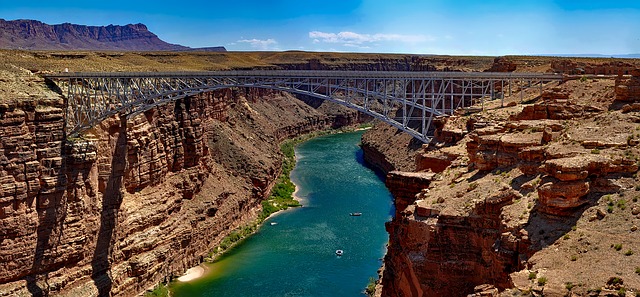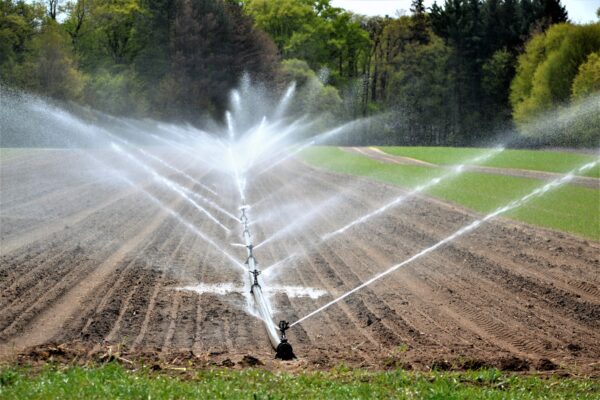By Ben Ryder Howe | New York Times
There is a myth about water in the Western United States, which is that there is not enough of it. But those who deal closely with water will tell you this is false. There is plenty. It is just in the wrong places.
Cibola, Ariz., is one of the wrong places. Home to about 300 people, depending on what time of year you’re counting, the town sits on the California border, in a stretch of the Sonoran Desert encircled by fanglike mountains and seemingly dead rocky terrain. Driving across the expanse, where the temperature often hovers near 115 degrees, I found myself comforted by the sight of an oncoming eighteen-wheeler carrying bales of hay, which at least implied the existence of something living where I was headed.
Thanks to the Colorado River, which meanders through town, Cibola is a verdant oasis that chatters at dusk with swooping birds. Along both banks, a few hundred acres produce lush alfalfa and cotton, amid one of the more arid and menacing environments in North America.












